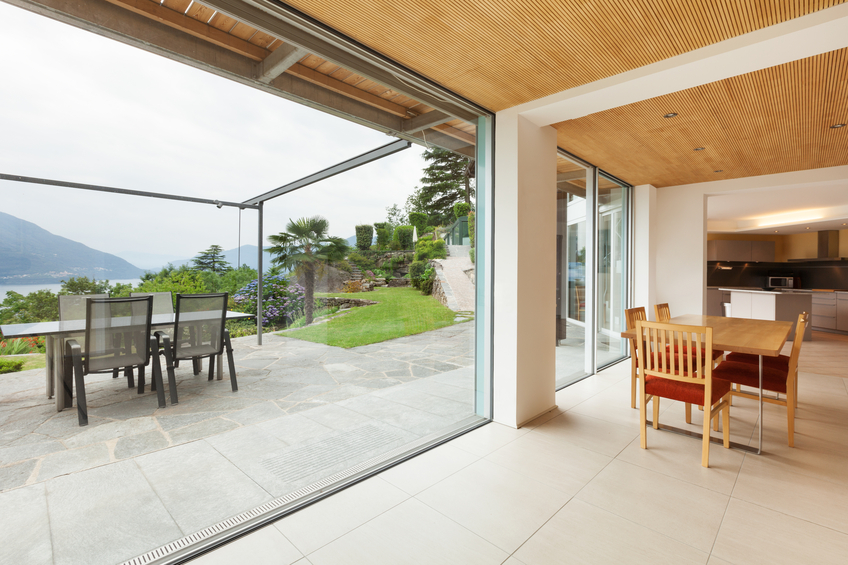The future doesn’t just belong to ecomaterial. Glass is the shining example.
Initially, i.e. many centuries ago, glass was not very transparent or resistant. Scientific progress allowed glass to gain in transparency and strength. That is why the manufacturing of glass requires a great deal of energy because the transformation temperature is high. It emits CO2, heavy metals and polluting gases in industrial quantities.
Glass is far behind wood, stone, earth or straw in terms of ecological materials. However, it is far ahead of the pet peeves of ecologists: PVC, aluminium and even steel.

That said, glass has two assets that greatly compensate for its black sheep side. First, it is the only material that lets nature into our homes, allowing us to bathe in the sun, even in winter. That’s something to appease the ecologists. Second, since the size of our homes is expected to decrease due to demographic and ecological pressure, glass will be used in abundance to “expand” our indoor spaces.
Moreover, glass is non-toxic, sustainable if it is well-maintained, and infinitely recyclable, which is already quite a lot. Many glass objects are made from recycled glass.
According to Ecohome, the recycling of glass is taking time to catch on in Quebec, but there’s hope. Powdered glass is now used to reduce the proportion of cement, a polluting material in the manufacturing of concrete, making it more ecological. It is even more sustainable, more resistant and more watertight than classic concrete.
Important data: one tonne of glass added to cement reduces greenhouse gases by one tonne.
This concrete containing powdered glass is found in about twenty branches of the Société des alcools du Québec, in certain sidewalks of the Quartier des spectacles, near the Museum of Fine Arts, near the Sustainable Development House and in the Ahuntsic-Cartierville borough of Montreal.
Still according to Ecohabitation, Jansen Industries has constructed a concrete noise wall containing glass powder. It is located in Boucherville, along highway 20. It contains 230 concrete blocks and 53,000 bottles (25 tonnes) transformed into powdered glass.
Glass has a great future ahead of it.
Photos: istock.com
